Food is not merely sustenance; it is an essential part of human culture, a medium for creativity, and a source of connection. Across history, food has shaped our social structures, traditions, and economies. As we journey through time, the evolution of food showcases a complex narrative—one that blends tradition with innovation, regional customs with global influences, and nature with technology.
The Role of Food in Ancient Civilizations
The history of food begins in the earliest civilizations. In Ancient Egypt, Mesopotamia, and China, food was a central part of both religious and social life. Staple ingredients like barley, wheat, and rice formed the backbone of ancient diets. These civilizations began cultivating grains and domesticated animals, leading to the development of agriculture. As societies grew, so did their culinary practices. The Egyptians, for instance, were known for their bread-making skills, while the Chinese perfected the art of rice cultivation.
Food in ancient times wasn’t just for nourishment. It played a significant role in rituals and festivals. In Ancient Rome, lavish banquets were used to display wealth and power, and they served as a means of political maneuvering. The Greeks, too, often used food in their social gatherings, with symposiums dedicated to food, drink, and philosophical discussions.
The Middle Ages and the Spice Trade
During the Middle Ages, the culinary world saw a significant shift due to the growth of trade routes. Spices such as cinnamon, pepper, and cloves became highly sought after, and the desire for these commodities fueled exploration. The spice trade opened new culinary doors, not just in Europe, but across the globe. Foods that were once local began to take on flavors and influences from different cultures.
In medieval Europe, food also became more varied, particularly for the wealthy. Meat, fish, bread, and a variety of vegetables filled the tables of nobles, while peasants lived primarily on grains and legumes. During this period, the introduction of new cooking methods and the use of herbs and spices altered the course of European cuisine.
deposit 1000 and the Rise of Global Cuisine
The Renaissance period brought with it a new era of exploration and global interaction. With the discovery of the Americas by Christopher Columbus and other explorers, foods such as tomatoes, potatoes, corn, and cacao were introduced to Europe, changing the way people cooked and ate. Likewise, the Old World began sending ingredients like wheat, sugar, and livestock to the New World.
This period marked the first truly global exchanges of food, and cuisine began to diversify in ways never seen before. Foods that were once confined to certain regions became part of global trade, and in turn, they influenced the culinary traditions of other cultures. Spanish, Portuguese, and Italian explorers brought ingredients and cooking techniques from their travels back to Europe, influencing everything from Italian pasta to Spanish paella.
The Industrial Revolution and Modern Food Production
The Industrial Revolution brought about profound changes in food production. With the advent of machinery, mass production, and urbanization, food became more accessible than ever before. Canning and refrigeration allowed for longer shelf life, while factories began producing packaged and processed foods on a scale never seen before.
The late 19th and early 20th centuries also saw the rise of convenience foods—items that could be prepared quickly and easily. The creation of products like canned soup, frozen dinners, and packaged snacks marked the beginning of a new era in food consumption. This shift had both positive and negative effects. While food became more affordable and accessible, it also led to a growing reliance on processed foods, which raised concerns about nutritional value and long-term health effects.
The Globalization of Food and the Rise of Fast Food
As the world became increasingly interconnected in the mid-20th century, food culture became more globalized. The rise of multinational corporations, such as McDonald’s, Burger King, and KFC, brought fast food to the global stage. These companies capitalized on the fast-paced, on-the-go lifestyle, making food more accessible than ever. Fast food chains became symbols of convenience, but also of the growing homogenization of food cultures.
Simultaneously, the internet and international travel allowed people to experience foods from all over the world. Thai, Indian, and Mediterranean cuisines became widely available in many major cities, and food enthusiasts began to explore different culinary traditions beyond their own borders. This exchange led to the fusion of ingredients and techniques from diverse cultures, giving rise to a more eclectic, experimental approach to cooking.
The Modern Food Movement: Health, Sustainability, and Innovation
Today, food is experiencing yet another evolution, driven by growing concerns over health, sustainability, and technology. As more people become aware of the environmental impact of industrial food production, there has been a shift towards plant-based diets, organic farming, and local sourcing. Movements such as “farm-to-table” and “slow food” emphasize the importance of quality, sustainable ingredients, and the reduction of food waste.
At the same time, technology is playing a significant role in shaping the future of food. The rise of lab-grown meat, plant-based proteins, and alternative dairy products has opened new possibilities for how we consume animal products. Companies like Beyond Meat and Impossible Foods have pioneered plant-based alternatives that mimic the taste and texture of traditional meat, catering to both vegetarians and meat-lovers alike.
In addition, innovations in food production, such as vertical farming, hydroponics, and genetically modified crops, promise to address issues of food scarcity and reduce the environmental impact of farming. As urbanization continues to rise, these technologies may provide solutions for growing food in cities, allowing for more localized and efficient food systems.
Conclusion: Food as a Reflection of Culture and Innovation
The evolution of food reflects the dynamic nature of human society. From ancient agricultural practices to modern technological innovations, food has been shaped by cultural exchange, exploration, and the quest for progress. Today, food is not just about survival; it is about enjoyment, sustainability, and the intersection of tradition and innovation.
As we continue to face challenges related to climate change, health, and global food security, the future of food will likely see even more transformative changes. Whether through new cooking techniques, plant-based diets, or revolutionary agricultural practices, food will continue to evolve, shaping our identities and connecting us to each other and the world around us.
The Evolution of Food: From Tradition to Innovation
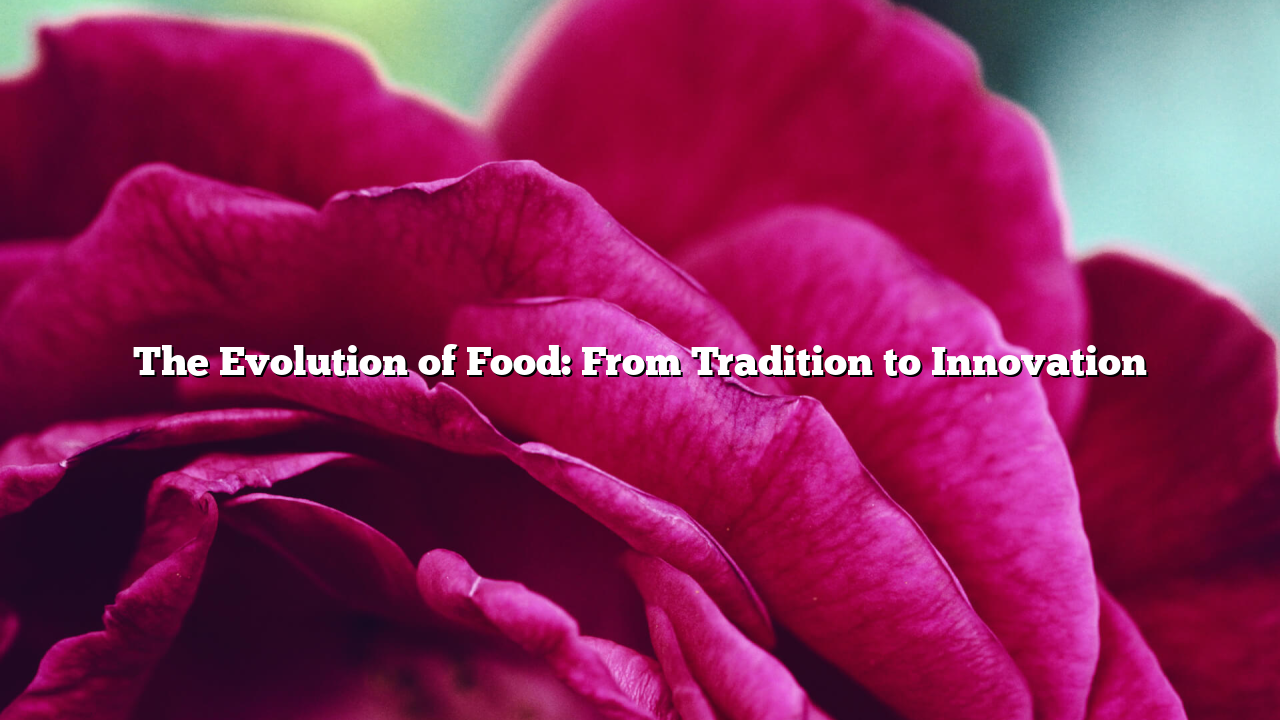

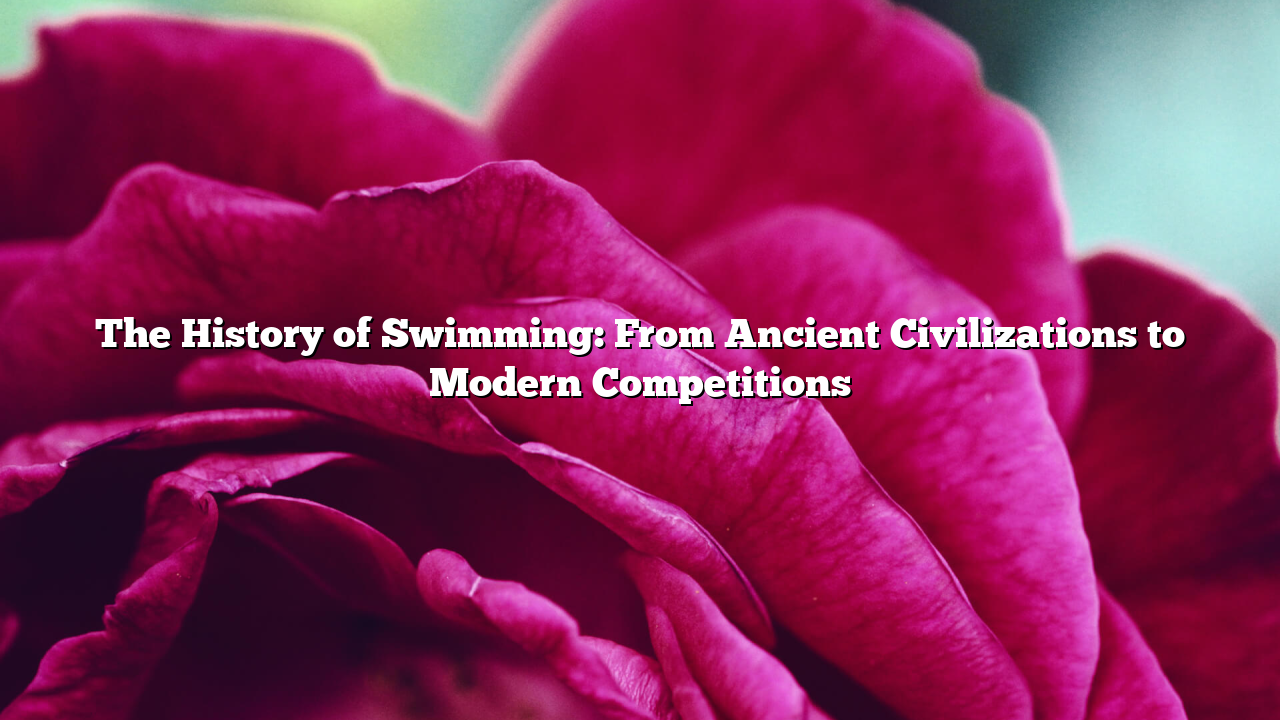

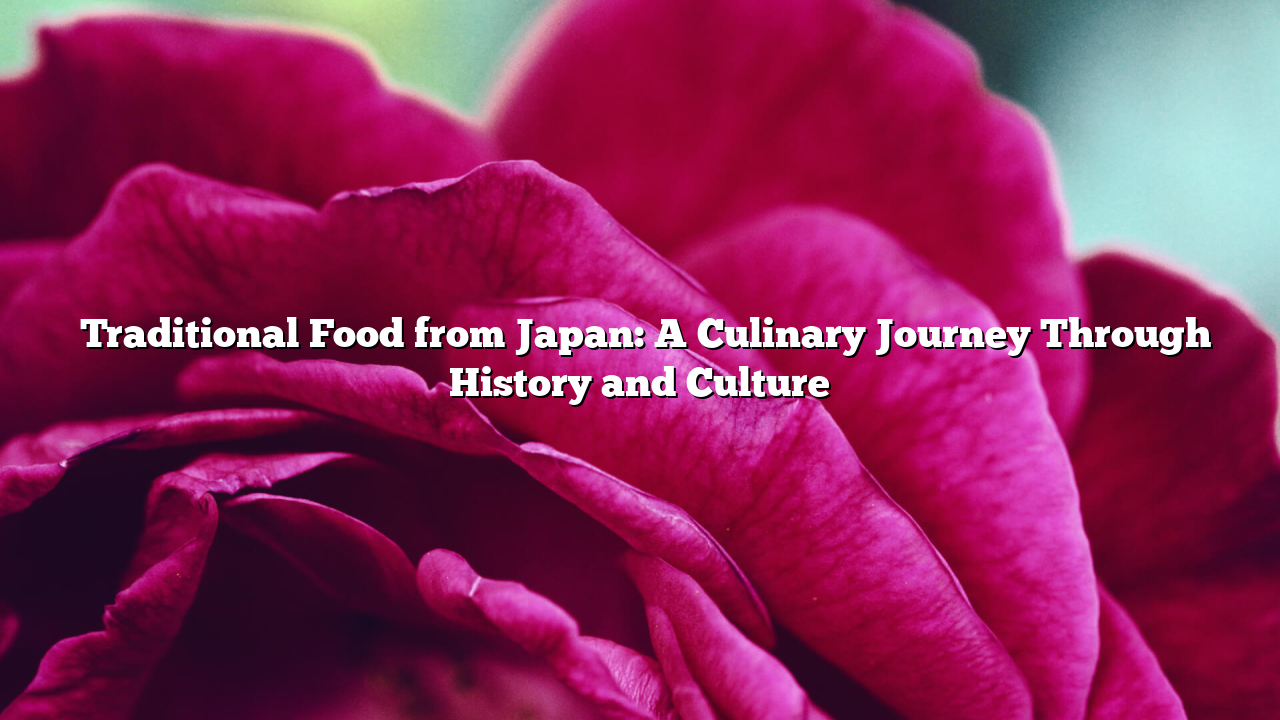
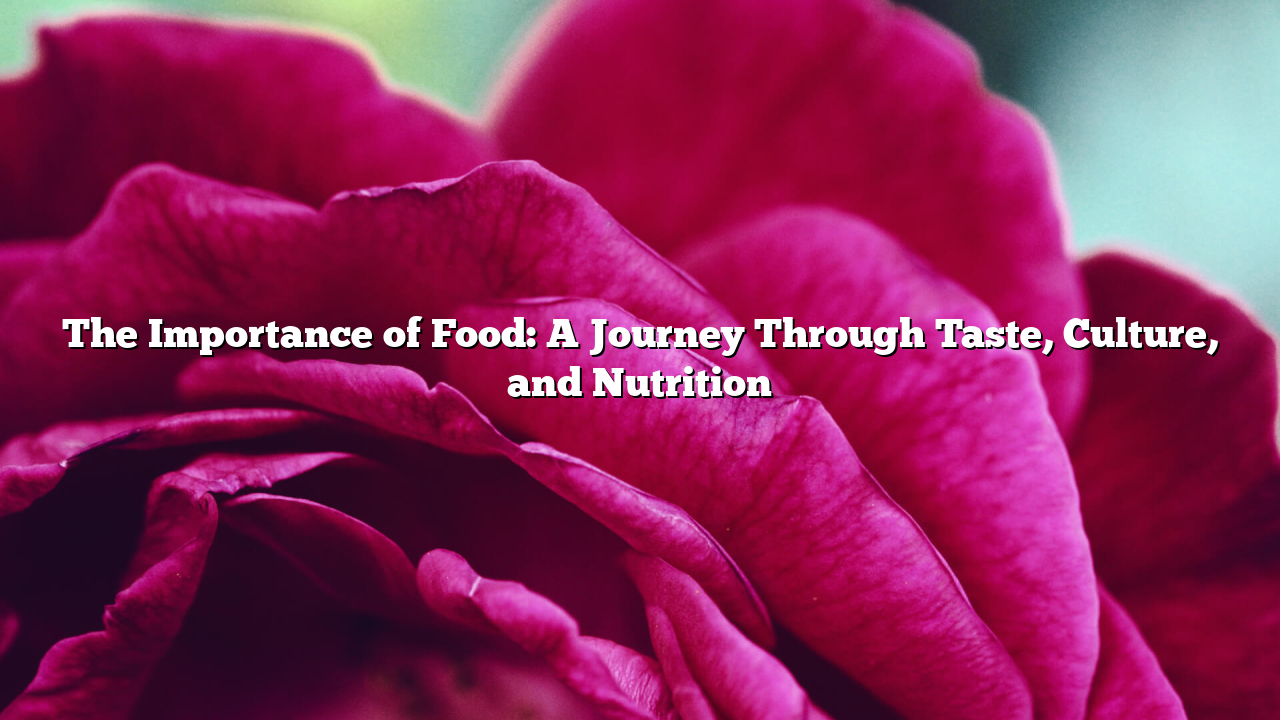

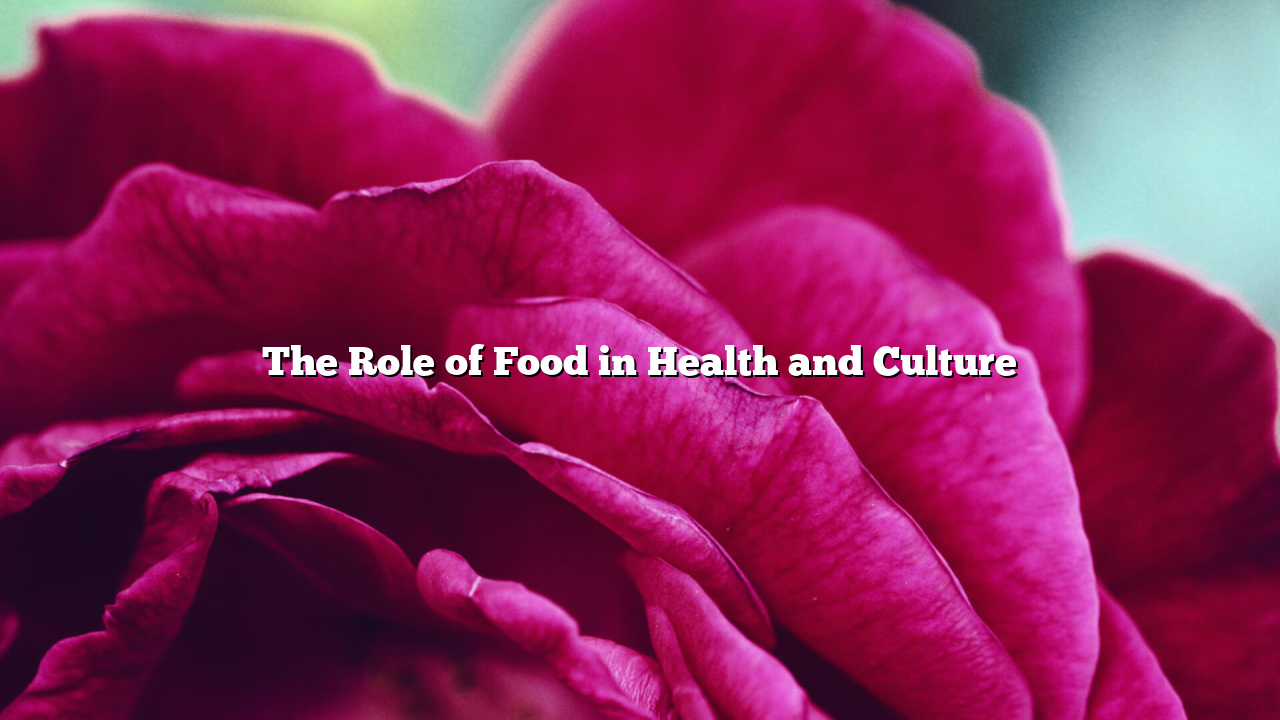
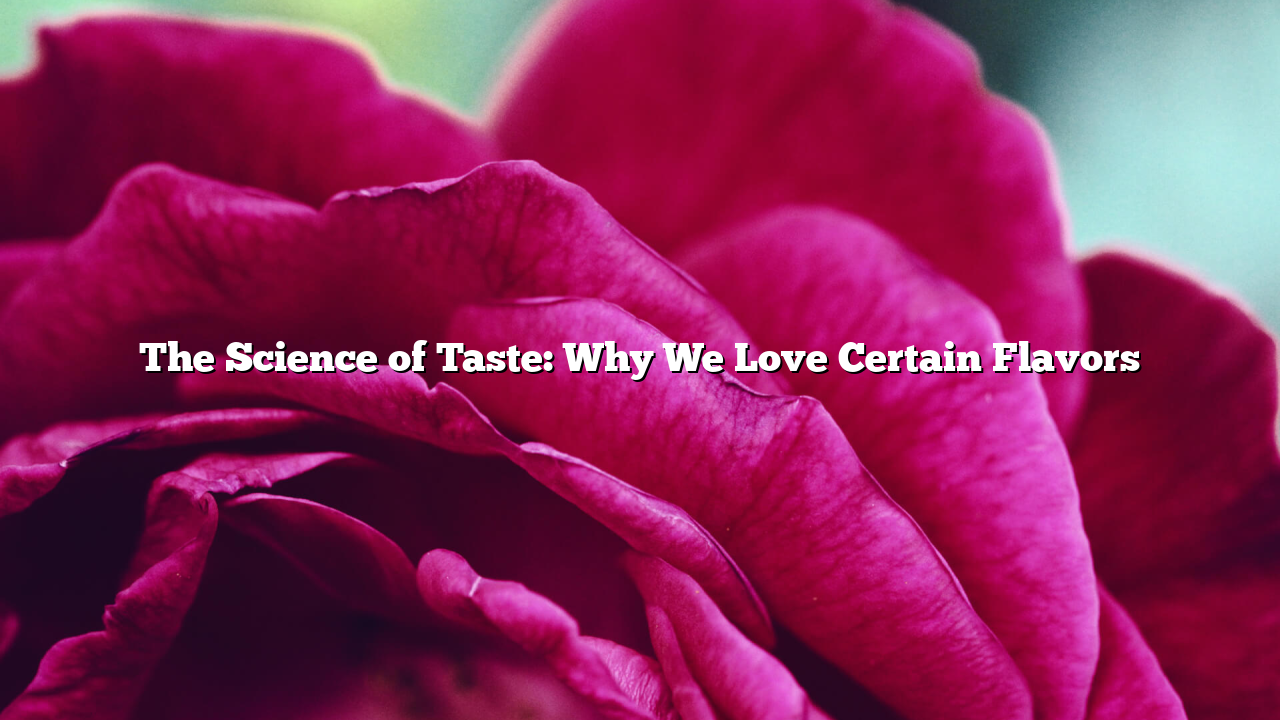

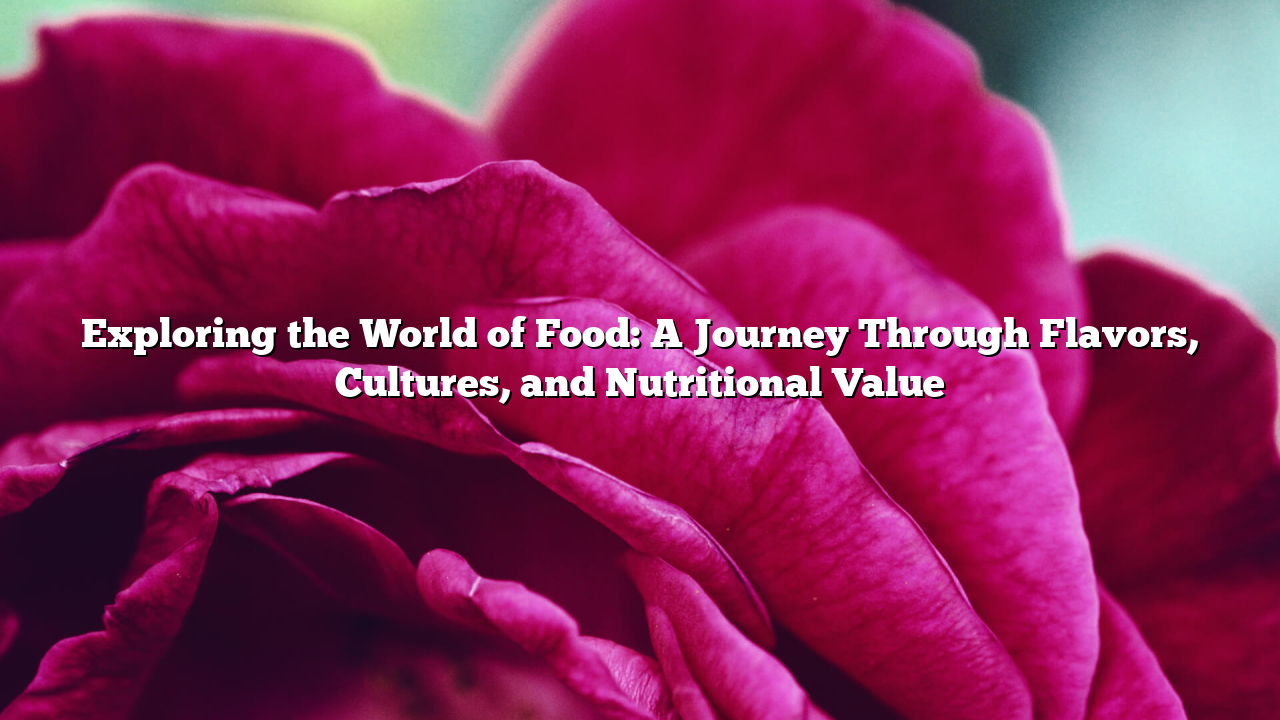
Leave a Reply